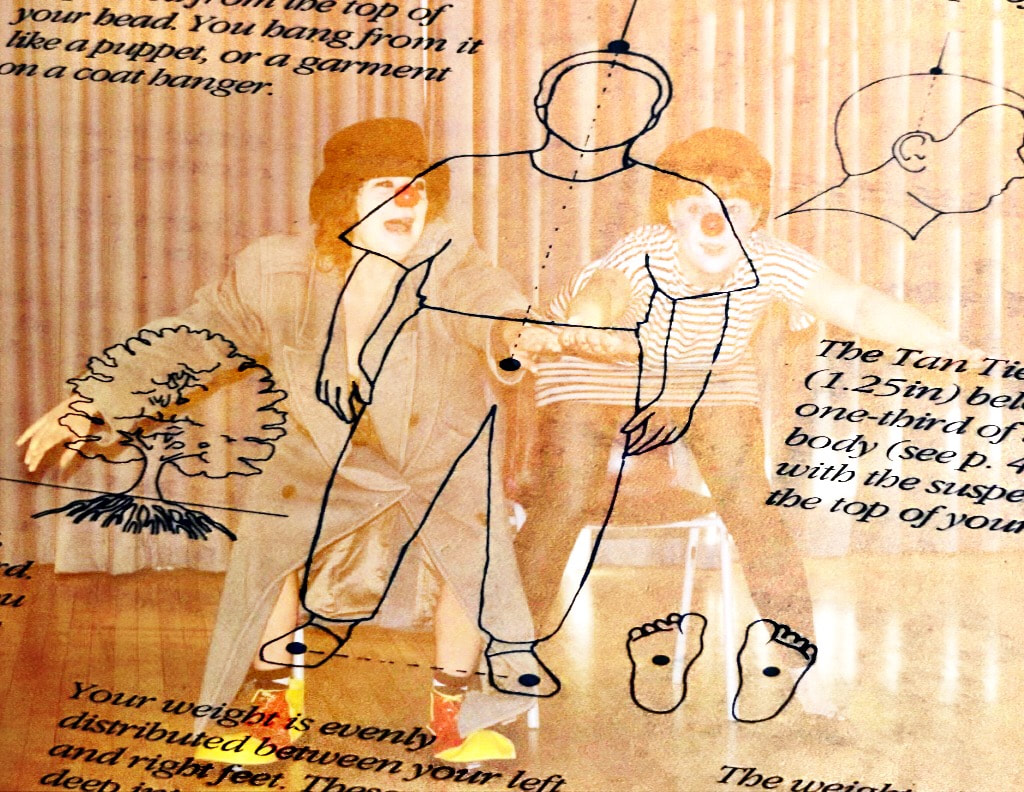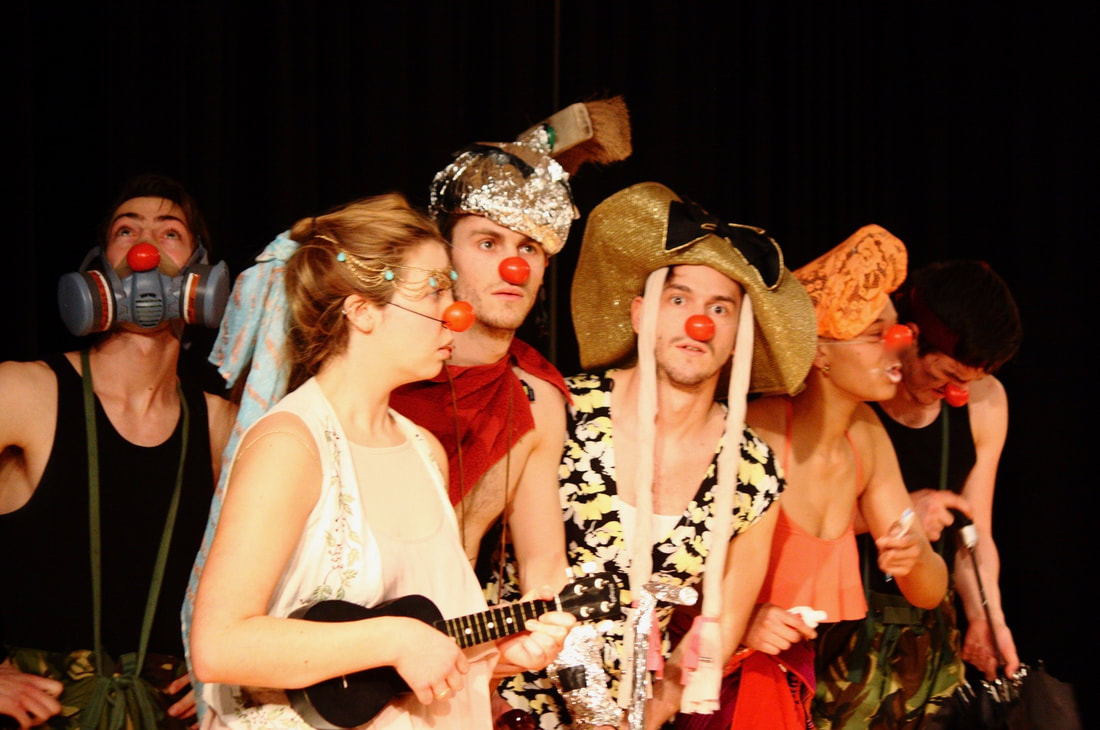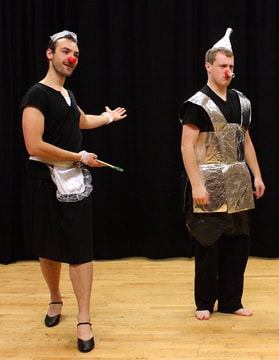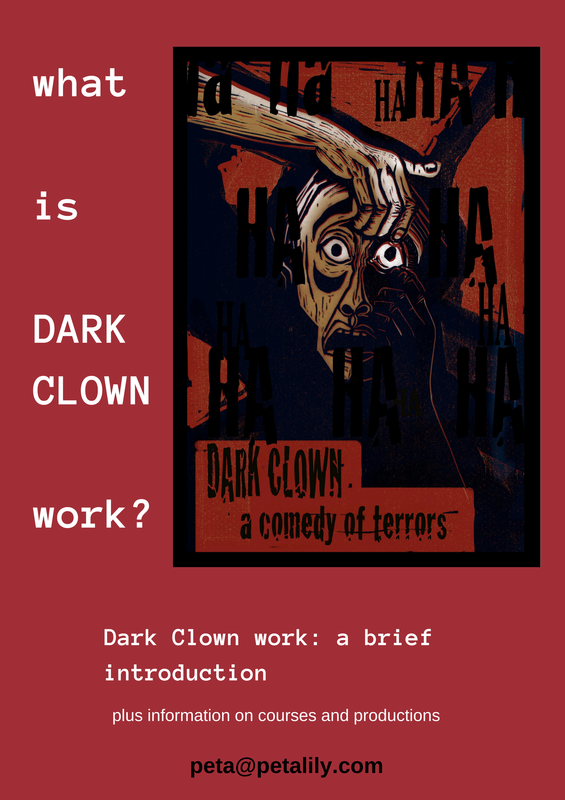Among many things Yoshi introduced us to was the lower physical centre of the Hara (this is the Japanese word for it - in Chinese it is the Dan Tien or Tan Tien). I had also read about it in books on Chi Gung - it is often described as being located as 'an inch and a half below the navel and an inch inside'.
I also had the great good fortune to work alongside Aikido Master Dennis Burke. He teaches the Hara this way: imagine your pelvic basin as just that - a basin or bowl. Give it a colour or texture perhaps, make it real to yourself. Now place a ball in that bowl. (A cricket ball is good - it has weight and texture, but choose a silver or golden ball if you like!) any slight tilt to your pelvis will make the ball roll and gravity will bring the ball to a moment of stasis. Play with this and your torso will move like an oscillating top. Once you have made a strong connection in your physical imagination, forget about the oscillating effect. Breathe from the Hara. See through the eyes but stay connected to the Hara. Try walking 'from the Hara'.
The superimposed diagram is from 'The Way of Energy' by Master Lam Kam Chuen, (with whom I had the privilege of attending his class in Chi Gung/ Chi Kung).
I mention the HARA in my Clown State Process post.
Here below is a list of some of the benefits people experience in short and long term practice of putting the attention on the Hara.
Take these for your own gentle testing - don't expect to notice them straightaway! Remember the new can feel unfamiliar and that placing and opening your awareness is a practice that takes takes time.
- Refined, more efficient, deep breathing
- Better blood flow to brain - more efficient activity in synapses – better choices of ideas and syntax in conversation
- Better flow of energy all round body – you look and feel more ‘integrated’ (a good and palpable sense of the concept ‘integrity’)
- Increased peripheral vision - improved spatial perception and more inclusive and aware demeanour
- Increased inner quiet – self awareness is superior to self consciousness (‘selfish is the new generous’ – as with Feet in Clay, you notice the other more when on the Hara and so can interact and engage with others more)
- Generally improved perception – data per second (one benefit is that you become more and more likely to pick up on people’s micro-language e.g. breath, muscle tension and blood flow to the face – the start of being able to intuit the needs and values of others and therefore collaborate fully with them)
- More harmonious interaction with others and the world
- More resonant voice
- Body connectivity = better EQ (emotional intelligence)
- Slows brain (slows time) – replacing reactivity with respons-ABILITY
- Curiosity increased
- Equanimity promoted
- Relaxed awareness = sense of readiness, optimism, capability
- Improved intuition
- Slight flexion in knees (in fact in all joints made more mobile and ‘ready’) – more graceful movement, more sense of flow - again giving both the visual impression plus the internal resource of more respons-ABILITY. It gives a less stressful use of the body thereby promoting better health, guard against impact and repetitive injury, promoting well-being



 RSS Feed
RSS Feed
